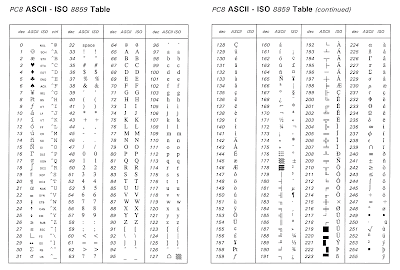false positive case vs false-positive case in windows operating system
In the context of the Windows operating system, understanding "false positive case" versus "false-positive case" is essential, especially in scenarios involving security and system monitoring. Let's explore each term's relevance and usage in this context:
False Positive Case
Meaning: This phrase refers to instances where the system incorrectly identifies a benign action or file as malicious or problematic.
Usage in Windows OS:
- Antivirus and Antimalware Software: When Windows Defender or any other security software flags a legitimate file as a threat, it is considered a false positive case. For example, a false positive case might occur when a security update misidentifies a harmless application as malware.
- Event Logging and Monitoring: In system monitoring, if an event is incorrectly logged as a security breach or error, this constitutes a false positive case. For example, legitimate user activity might be logged as suspicious due to overly sensitive detection rules.
False-Positive Case
Meaning: This term is essentially the same as "false positive case" but is written with a hyphen to form a compound adjective, making the phrase clearer and more readable in formal contexts.
Usage in Windows OS:
- Security Alerts: When discussing security alerts, using "false-positive case" can clarify that the alert was incorrectly triggered. For instance, "The recent update resulted in several false-positive cases, causing unnecessary security alerts."
- System Diagnostics: In documentation or reports, referring to "false-positive cases" can help differentiate between genuine issues and incorrectly flagged ones. For example, "The diagnostic tool needs adjustments to reduce the number of false-positive cases."
Practical Examples in Windows OS:
Antivirus Detection:
- False Positive Case: "After the latest Windows Defender update, several false positive cases were reported where legitimate applications were flagged as threats."
- False-Positive Case: "The IT department is working on a fix to address the false-positive cases caused by the recent antivirus signature update."
Event Monitoring:
- False Positive Case: "The system log showed multiple false positive cases of network intrusions that were actually normal traffic."
- False-Positive Case: "Reducing false-positive cases in the intrusion detection system will improve the accuracy of threat monitoring."
Advantages of Differentiating These Terms:
Clarity and Precision: Using "false-positive case" helps maintain clarity in technical documentation and communication, ensuring that readers understand that "false-positive" is a single, descriptive term.
Consistency: Applying a consistent writing style, especially in technical fields, helps avoid confusion and ensures that documents are professional and easily understood.
Enhanced Communication: Clear differentiation between terms aids in more effective communication among IT professionals, security analysts, and end-users, facilitating quicker identification and resolution of issues.
In summary, while both "false positive case" and "false-positive case" are used to describe the same concept, using the hyphenated form "false-positive case" in formal writing related to the Windows operating system improves clarity and readability, particularly in technical documentation and communication.
What is a False-Negative Case?
A false-negative case is when the intrusion detection system (IDS) fails to detect a real threat. In other words, an attack or malicious activity happens, but the IDS doesn't alert anyone, mistakenly thinking everything is normal.
What is Your Suggestion?
Here are some simple steps to address the issue of false-negative cases:
Review and Update Configuration:
- Check and adjust the settings of the host-based IDS (HIDS) to make sure it's set up correctly.
Use Different Detection Methods:
- Add behavioral-based detection that looks for unusual activity, not just known threats.
Add More Layers of Security:
- Implement a network-based IDS (NIDS) to monitor network traffic.
- Consider using an Endpoint Detection and Response (EDR) system for better monitoring and response on endpoints.
Regular Checks and Testing:
- Conduct regular security audits to find any weaknesses.
- Perform penetration testing to simulate attacks and see how well the HIDS responds.
Stay Updated on Threats:
- Integrate threat intelligence feeds to keep the HIDS updated with the latest threat information.
- Join security communities to stay informed about new threats.
Training:
- Train IT staff to recognize signs of undetected threats and understand the limits of the HIDS.
- Educate employees on safe computing practices to help identify suspicious activities.
Prepare for Incidents:
- Have a clear incident response plan ready and test it regularly.
- Update the plan based on new threats and experiences.
By following these steps, ABC Sdn. Bhd. can improve their security and reduce the risk of missing real threats.


Ulasan